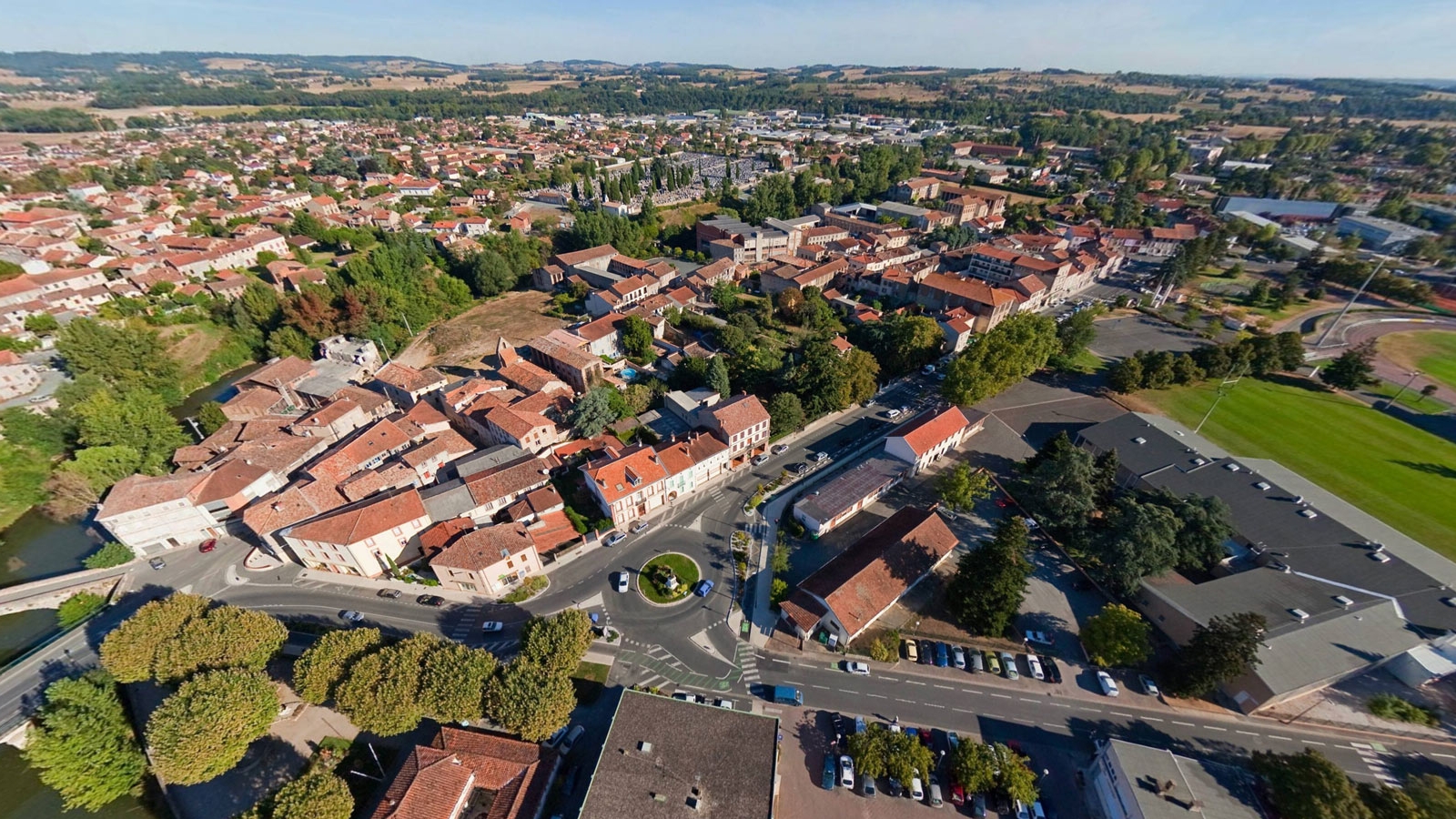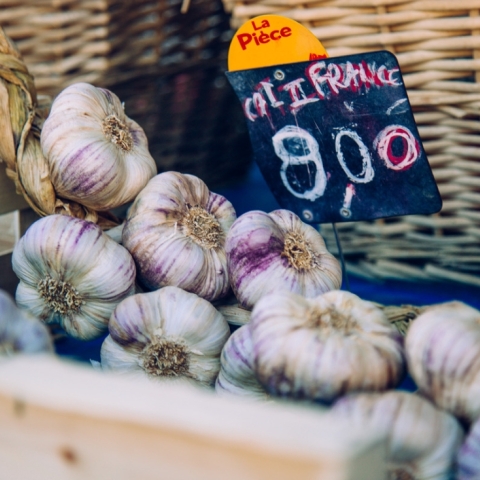
Graulhet
A small stronghold created in the 10th century on a rocky islet between the River Dadou, the Verdaussou stream and the marshlands of Jourdain, Graulhet owed its growth to the tanning and leather industry that developed processes that prepared animal skins.

Graulhet knows how to work leather!
If Graulhet is known for its rugby (the Graulhet Sporting Club played in rugby’s top flight between 1949 and 1995), it originally made its name producing a different type of leather to the one you’ll find on a rugby ball.
From the 13th century onwards Graulhet developed industries in textiles, felt and millinery. The village had precious natural assets that were useful for the working of leather – water, wood and livestock farming. In the 19th century Graulhet turned its tanneries into an industry that was renowned worldwide. Graulhet eventually became the world capital of ‘Basane’, a type of leather specifically developed to line shoes.
Factories sprang up all along the River Dadou and the countryside soon incorporated brick buildings, workshops, windmills and special drying rooms.
The start of the 20th century witnessed The Big Strike of 1909-1910, two World Wars and worldwide competition, all of which ended up changing the industrial landscape of the village.
Graulhet today: excellence in artistry and know-how
A reputation for excellence
While Graulhet is rightly proud of its past and its history, today the town is sustained by a new economy based on innovation, the excellence of its artisans, luxury leatherwork and niche areas such as motorcycle clothing. The town’s leather industry has been revitalised by adapting to new global challenges. And now there’s even talk of a Graulhet AOP (or Protected Designation Of Origin)!
An artistic soul
Back in the 17th century François-Jacques d’Amboise (1606-1656), who was the grandson of Louis d’Amboise d’Aubijoux, owned the estate at Graulhet. He was both friend and protector of the great playwright Molière. During this period he would also welcome troubadours, including Chapelle and Bachaumont, at his Château de Crins.
Graulhet retains a traditional artistic link to this very day. After Toulouse, it’s home to the largest number of artists in the Midi-Pyrénées, including the famous ‘Plasticiens Volants’ troupe who work out of an old tannery.



Looking to the future
So as not to completely forget the industrial past, old tanneries are constantly being renovated and transformed, not only into cultural centres such as the Marguerite Yourcenar library or the House Of Leather Workers, but also into artists’ workshops or homes. An educational trail has been put in place along the banks of the River Dadou to help people understand and truly feel this industrial past, when workshops and factories formed an integral part of the landscape.
The Graulhet Tourist office
The Graulhet Tourist Office is the place to go for help organising your stay, whether it’s finding a hotel, a chambre d’hôte, something to do in the surrounding countryside or even organising a road trip in the land of bastide villages and wine.
Uncover the history of the leather industry at the Maison des Métiers du Cuir (or House Of Leather Workers), with exhibitions and guided tours of the town and its old tanneries.
At the start of June Graulhet welcomes Biocybèle, a major organic fair. In July the ‘Rues d’Été’ Festival focuses on street art, while ‘Les Historiales’ will take you back to the age of knights with a huge show featuring costumed medieval reconstructions.












